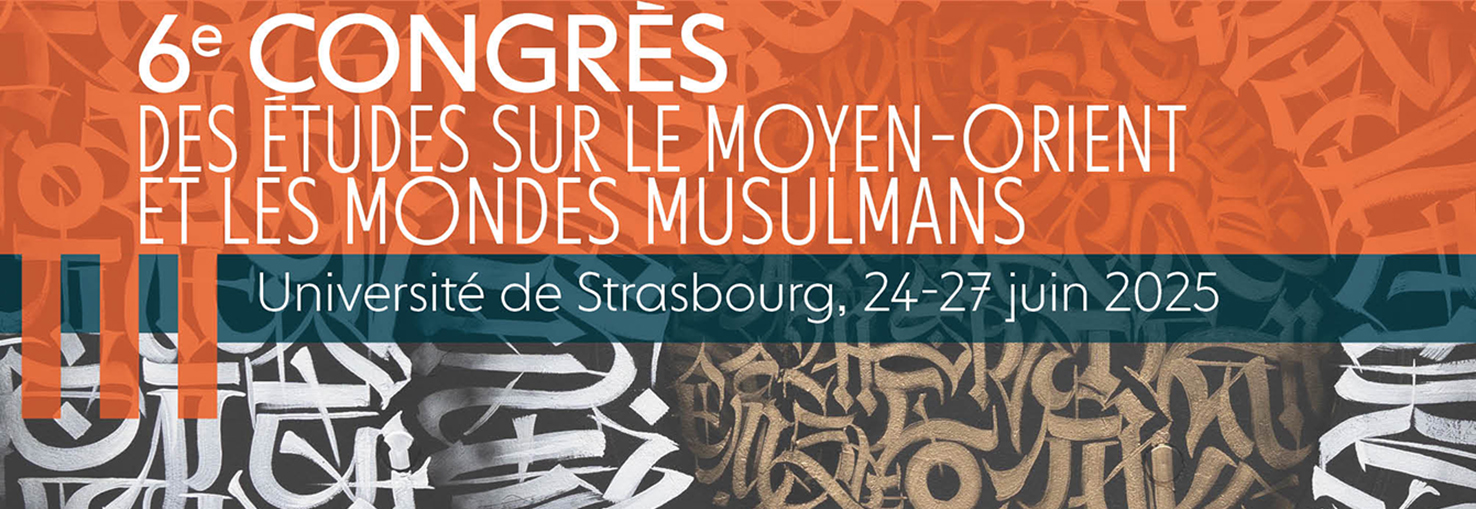Vendredi 27 juin 2025, 8h30-13h, Salle 3202
RESPONSABLES:
Constance Jame
Léa Vicente
INTERVENANTES DE L'ATELIER 1:
Chloé Rosner (INHA) Une histoire sociale et politique du patrimoine archéologique de la Palestine et de ses archives
A social and political history of Palestinian archaeological heritage during the British Mandate: The case study of the British Department of Antiquities archive
Laury Fortin Les Manuscrits de la mer Morte : Histoire et enjeux muséographiques
The Dead Sea Scrolls: History and museographic challenges
Léa Vicente Perspectives contemporaines pour restituer le destin des biens culturels des Palestiniens spoliés entre 1947 et 1949
Contemporary perspectives for the restitution of the fate of Palestinian cultural assets looted between 1947 and 1949
Kahena Sanaâ (Université de Strasbourg) Riposte vidéographique contre l'effacement de la mémoire palestinienne
Video response to the erasure of Palestinian memory
INTERVENANTS DE L'ATELIER 2:
Elizabeth Marteijin (University of Groningen) Redefining religious heritage: A case study of contemporary Marian images in Palestinian context
Repenser le patrimoine religieux : Une étude de cas des images contemporaines mariales dans le contexte palestinien
Izza Abu Haija (Freie Universität Berlin, Berlin Graduate School, Muslim Cultures and Societies) Timeless Palestine: Re-writing the past by Palestinian female poets in Israel
Palestine intemporelle : Réécrire le passé par des poétesses palestiniennes en Israël
Carolina Toso (Ca' Foscari University of Venice, DSAAM) The contribution of literature to the preservation of Palestinian heritage in Liana Badr's ‘Ard al-sulahfāh
L'apport de la littérature à la conservation du patrimoine palestinien dans 'Ard al sulahfāh de Liana Badr
En pièce jointe : Compte rendu de l'atelier réalisé par Julia Girold, élève en histoire de l'ENS de Lyon st stagiaire au congrès de Strasbourg, et entretien réalisé avec Chloé Rosner
- Poster




